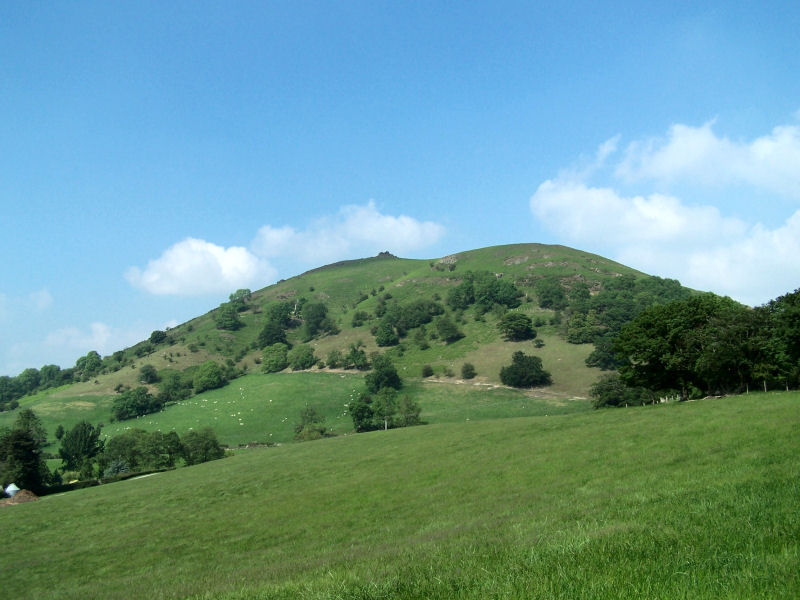Podcast 166: Senile Degeneration of afferent mechanoreceptors.
/Podcast 166: Senile Degeneration of afferent mechanoreceptors.
This podcast is way more interesting than the title !
join us each month on the Masterclass in Gait
https://www.patreon.com/thegaitguys
Join at the $40 monthly level and get the masterclass each month, bonus material and the detailed monthly content we only share on Patreon.
The Masterclass is a formal LIVE presentation of slides, videos, demos, deep dives on topics you will not hear anywhere but here ! We hit the gait, biomechanics, neurology and orthopedics of all of the gait topics we present. This is not for the weak and timid, this is the deep dive you have been waiting for. Join us while we turn our normal 50 minute presentations into 3.5 hours on a regular basis ! The 40$ Patreon level will give you the Masterclass and also get you the $20, $10, and 5$ Patreon level content. What a deal ! It will not be here forever so lock in now !
Or, you can get less for your money (why would you do that?) and just buy our Monthly $40 Masterclass at our VIMEO on demand page: https://vimeo.com/ondemand/thegaitmasterclass
Links to find the podcast:
Look for us on Apple Podcasts, Google Play, Podbean, PlayerFM, RADIO and more.
Just Google "the gait guys podcast".
_______________________________________________________________________________
Our Websites:
www.thegaitguys.com
Find Exclusive content at: https://www.patreon.com/thegaitguys
doctorallen.co
summitchiroandrehab.com
shawnallen.net
Our website is all you need to remember. Everything you want, need and wish for is right there on the site.
Interested in our stuff ? Want to buy some of our lectures or our National Shoe Fit program? Click here (thegaitguys.com or thegaitguys.tumblr.com) and you will come to our websites. In the tabs, you will find tabs for STORE, SEMINARS, BOOK etc. We also lecture every 3rd Wednesday of the month on onlineCE.com. We have an extensive catalogued library of our courses there, you can take them any time for a nominal fee (~$20).
Our podcast is on iTunes and just about every other podcast harbor site, just google "the gait guys podcast", you will find us.
Where to find us, the podcast Links:
Apple podcasts:
https://itunes.apple.com/us/podcast/the-gait-guys-podcast/id559864138?mt=2
Google Play:
https://play.google.com/music/m/Icdfyphojzy3drj2tsxaxuadiue?t=The_Gait_Guys_Podcast
https://traffic.libsyn.com/secure/thegaitguys/pod_166final_Dec11_launch_-_121120_2.34_PM.mp3
https://thegaitguys.libsyn.com/podcast-166-senile-degeneration-of-afferent-mechanoreceptors
https://directory.libsyn.com/episode/index/id/17160167
Eight-Week Inspiratory Muscle Training Alters Electromyography Activity of the Ankle Muscles During Overhead and Single-Leg Squats: A Randomized Controlled Trial
J Appl Biomech. 2020 Oct 12;1-8. doi: 10.1123/jab.2019-0315. Online ahead of print.
Behnam Gholami-Borujeni 1 , Ali Yalfani 1 , Leila Ahmadnezhad 1
Why Don't Runners' Knees Fail More Often?
Biology suggests that decades of running should invariably blow out your knees. Scientists are trying to understand why that doesn’t happen.
-suggests that 98% of knees should fail after three decades of running. But they don't, and the big question is why not. One possibility: contrary to the usual view, cartilage adapts to repeated loading.
https://www.outsideonline.com/2417356/runners-knee-cartilage-study-2020?utm_medium=social&utm_source=twitter&utm_campaign=onsiteshare
Lengthening of the gastrocnemius-soleus complex: an anatomical and biomechanical study in human cadavers
Gregory B Firth 1 , Michael McMullan, Terence Chin, Francis Ma, Paulo Selber, Norman Eizenberg, Rory Wolfe, H Kerr Graham. JBJS Am.: 2013 Aug 21;95(16):1489-96




















